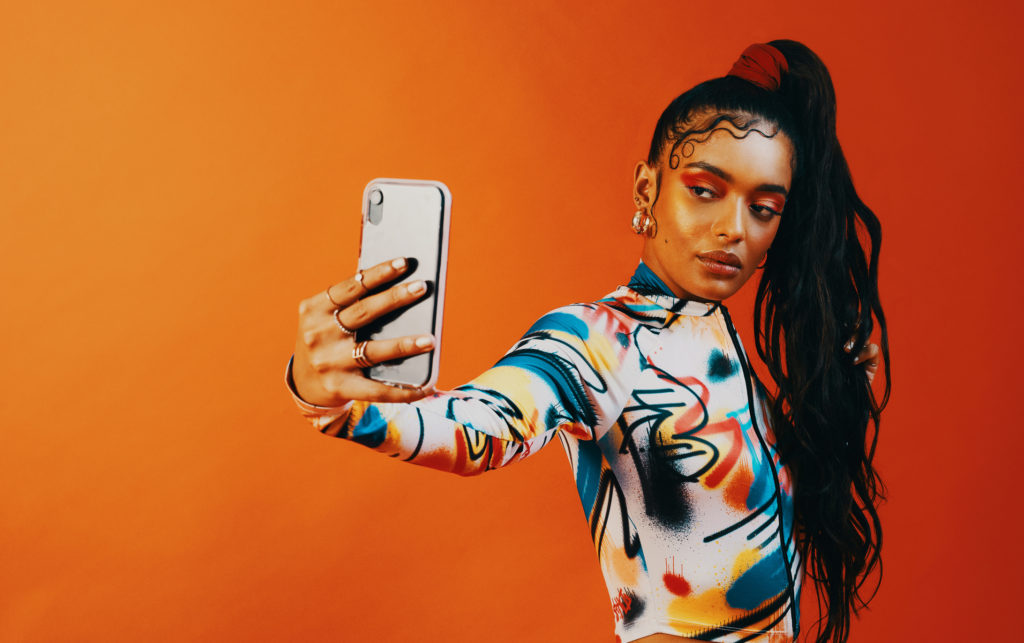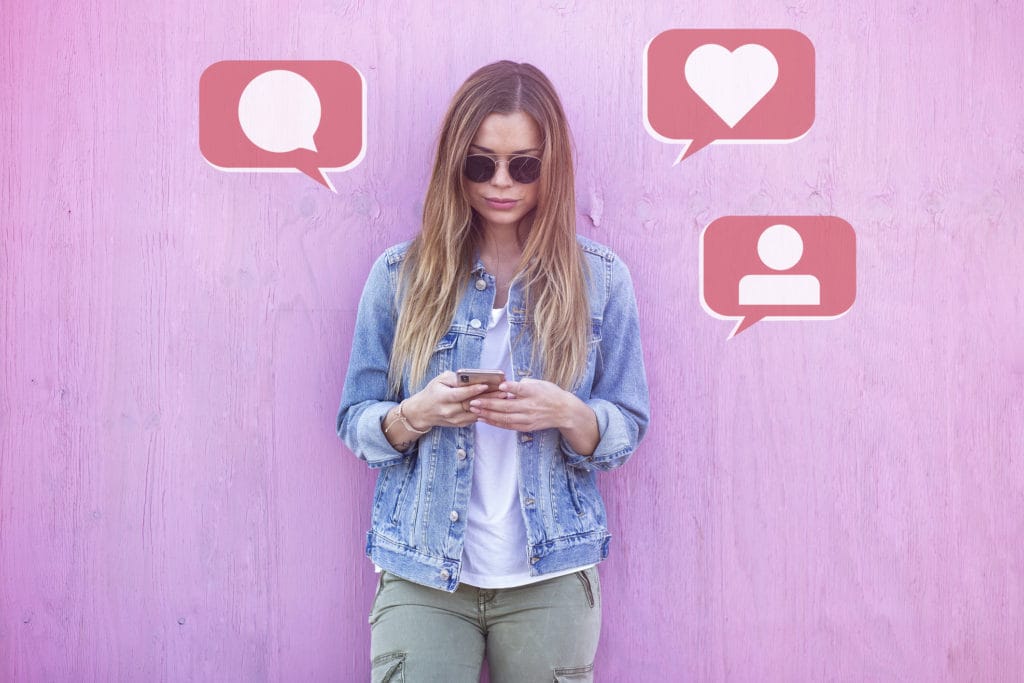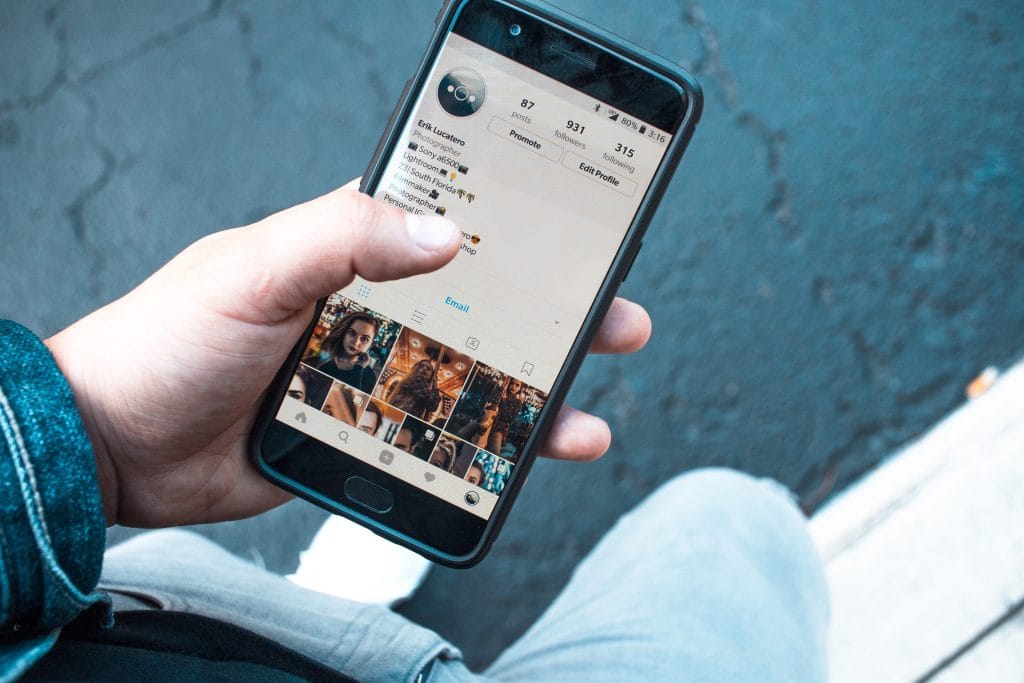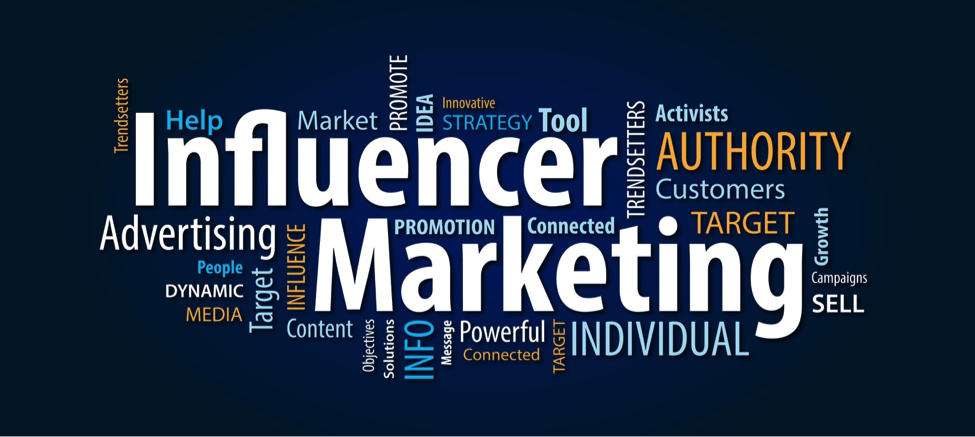influencer marketing
Top Influencer Marketing Platforms to Tap Into
There are several top influencer marketing platforms to tap into this year. Leading influencer marketing platforms include AspireIQ, Upfluence, and CreatorIQ, offering tools to connect brands with relevant influencers. These platforms provide analytics for campaign tracking, influencer discovery tools, and ROI measurement capabilities. They cater to businesses of all sizes, facilitating effective influencer partnerships that…
Influencer Marketing 101
When you’re just starting out with your business, it can be hard to get eyes in front of your content. That’s where influencer marketing (connecting with influencers in your niche) can be highly beneficial. These influencers already have an established expertise and following, so building relationships with them can be just what you need…













